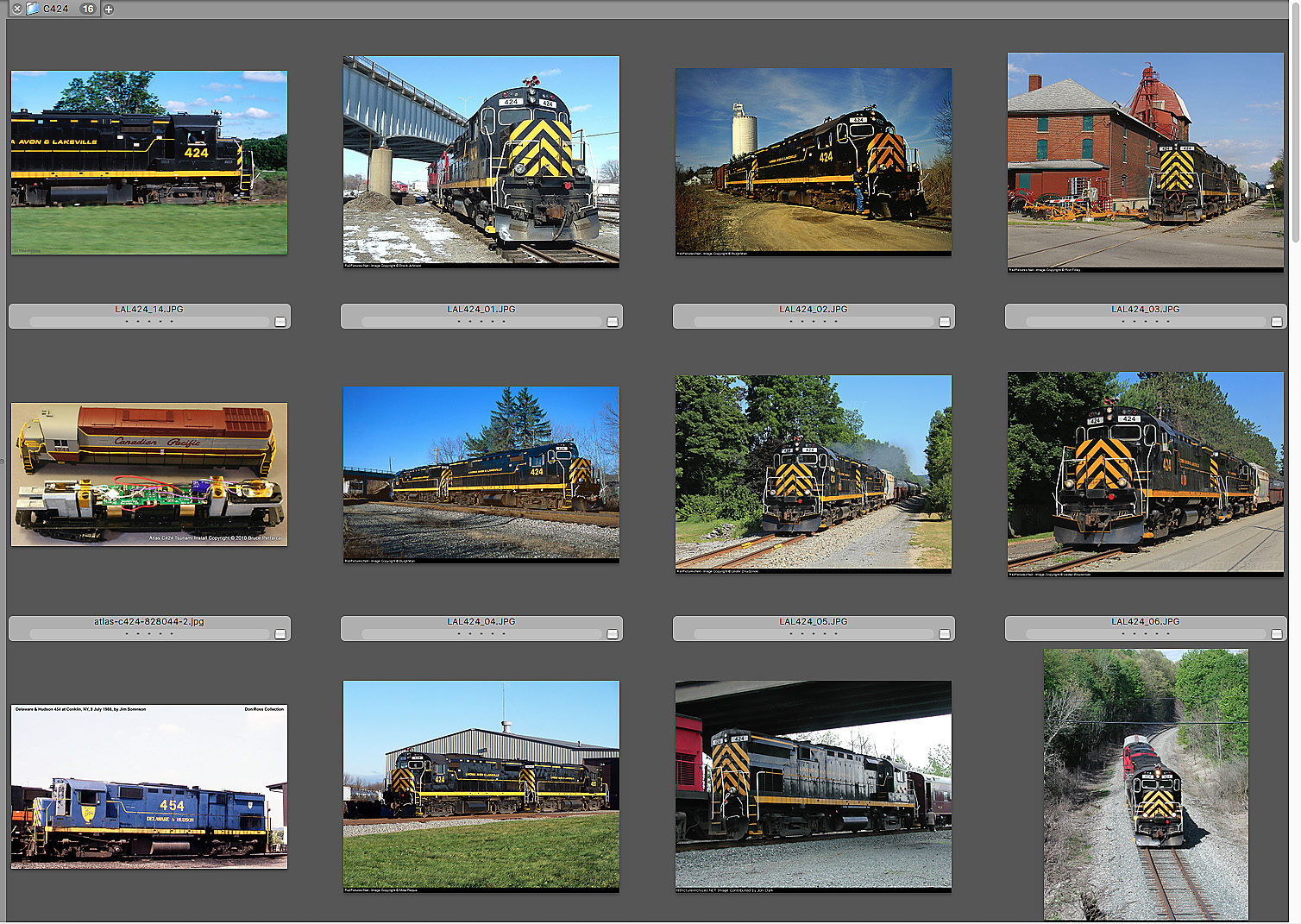Minutes submitted by Clerk Harvey Heyser
Draft Meeting Minutes – February 14, 2021
Division members met remotely on the internet using the Zoom platform. 22 or so were present. The Superintendent convened the meeting prior to the published start time for logging in. After some socializing, Superintendent Jerry Skeim called the business meeting to order shortly after the 2 pm start time.
21.2-1 Paymaster’s Report: Paymaster Ray Price reported that the Division has $3781.32 in its bank account (the same as last month). That amount does not include invoices for the holiday card (item #20.12-3). Alex Polimeni forwarded those invoices to the Paymaster during the meeting. John Madden made the following motion (second by Alex Polimeni):
Motion: That the Paymaster’s report for the February 2021 meeting be accepted. The motion passed unanimously.
21.2-2 Clerk’s Report (Meeting Minutes): The attendees dispensed with the reading/summary of the minutes (previously distributed by email). Ron Polimeni made the following motion (second by Alex Polimeni):
Motion: That the draft Minutes for the January 2021 meeting be approved as submitted. The motion passed unanimously.
Old Business:
20.10-7 Virtual Raffle: The SMD has possession of the gift card donated by Mainline Hobbies and the lifetime pass to the Great Scale Train Show. The process of conducting a virtual raffle was discussed at length with the following issues brought up:
-
- What state and local laws and regulations will apply? The MER is chartered in MD. Where is the SMD chartered? Different counties have different regulations for raffles. For instance, Frederick County requires a permit; Washington County does not.
- How will the SMD accept payment? Where to send payment and to whom? A raffle manager living in the county where the raffle will be held was suggested.
- To whom will we advertise the raffle? Division members? NMRA members? Attendees to past Mini-Cons? The hobby public?
- Tickets – actual or virtual? It was decided not to limit the total number of tickets available or the number an individual buyer could purchase.
- Information required from purchasers? Name, e-mail, phone number, etc.?
- How many raffles can the SMD hold in a year?
20.12-4 Holding a Second Virtual Meeting of the month for matters other than business – an informal SMD get-together by Zoom: Saturday evening was the preference expressed by respondents to the Superintendent’s survey. He suggested 2-27-21 for the first get-together. Bob Johnson made the following motion (second by Harvey Heyser):
Motion: That an informal SMD get-together be scheduled for Saturday, February 27, 2021, at 7 p.m. The motion passed unanimously.
Members were invited to “bring” things to share (show & tell). No business will be discussed. Zoom Master Alex Polimeni will make himself available beforehand to answer questions about screen sharing. (Basically, anything that can be put on the screen can be shared – electronic files, “slides from PowerPoint, videos, etc.)
20.12-6 MER Hunt Valley Convention – fall 2021: At the present time, the convention is still planned to proceed face-to-face; however Region Director Bob Morningstar reported the Region lost a significant amount of deposit money on last year’s canceled convention. The Region must make an additional deposit in April, at which time a decision will have to be made. The SMD website has a link to the convention page with information about the hotel.
New Business:
21.2-3 Tom Fedor has reported that the deadline for the Spring 2021 Wheel Report is imminent. He is willing to accept submissions until February 21st.
21.2-4 MER President Kurt Thompson has passed along a warning about scams made in his and the NMRA’s names. Members should be aware.
21.2-5 Covid vaccines: Members shared their experience and status. One member got his shot by volunteering at a vaccination clinic. At the end of the clinic, he and his wife were there when they had left-over doses to give. [Model railroaders are a creative bunch.]
21.2-6 SMD Elections: Nominations were solicited for the election to be held in May.
21.2-7 NMRA Elections: Bob Morningstar encouraged SMD members to participate in the upcoming National elections as the nominees have differing views of the direction for our organization’s future.
21.2-8 3-D Printing Clinic: Bob Geldmacher requested questions about 3-D printing for him to address in his upcoming clinic.
21.2-9 An operations clinic given by Bill Wilson will be held at the May meeting.
21.2-10 The next Timonium Great Scale Train Show has been canceled. No one was certain about the rest of this year’s scheduled shows.
Adjournment: The Superintendent accepted a motion to adjourn. The next meeting will be held remotely on March 14, 2021 (second Sunday at 2 p.m.). Members will be notified by email.
Clinic: Bob Morningstar presented the second part of his clinic on JMRI. He discussed the use of Decoder Pro for setting the CVs in DCC decoders and “walked” members through the applicable screens and toolbars. Bob also repeated his offer to help anyone [maybe not Thumbs] having difficulty with JMRI.


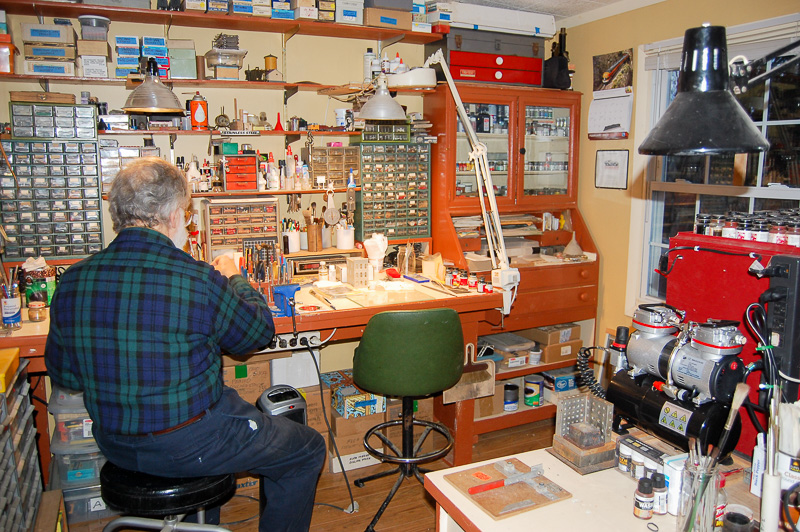
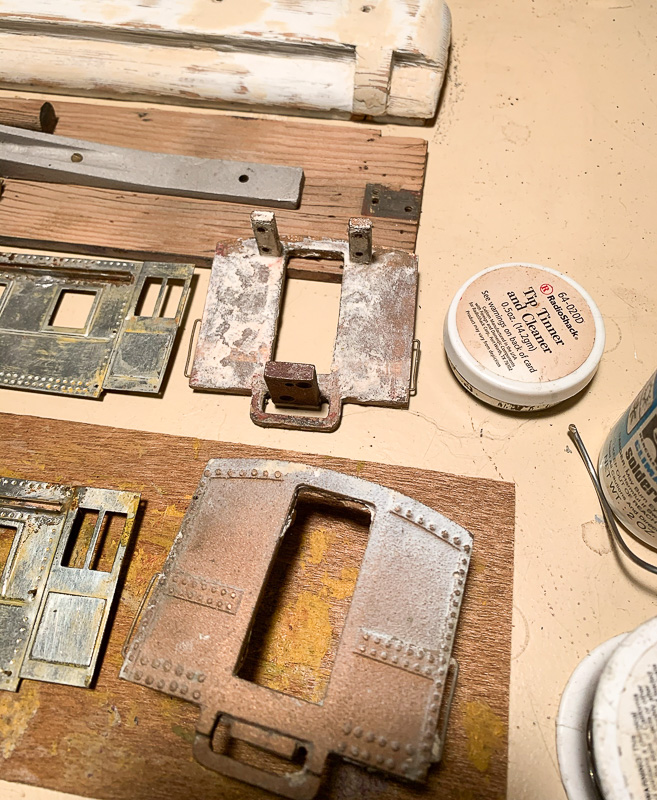 These passenger cars are O scale items for Jay Beckham’s railroad. Jay discovered 13 ancient
These passenger cars are O scale items for Jay Beckham’s railroad. Jay discovered 13 ancient 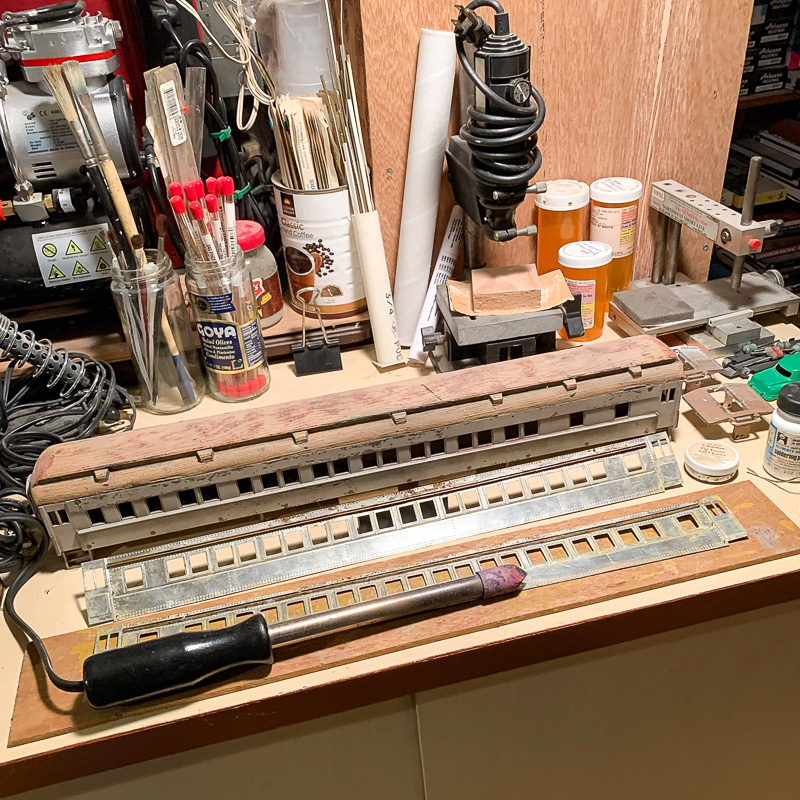
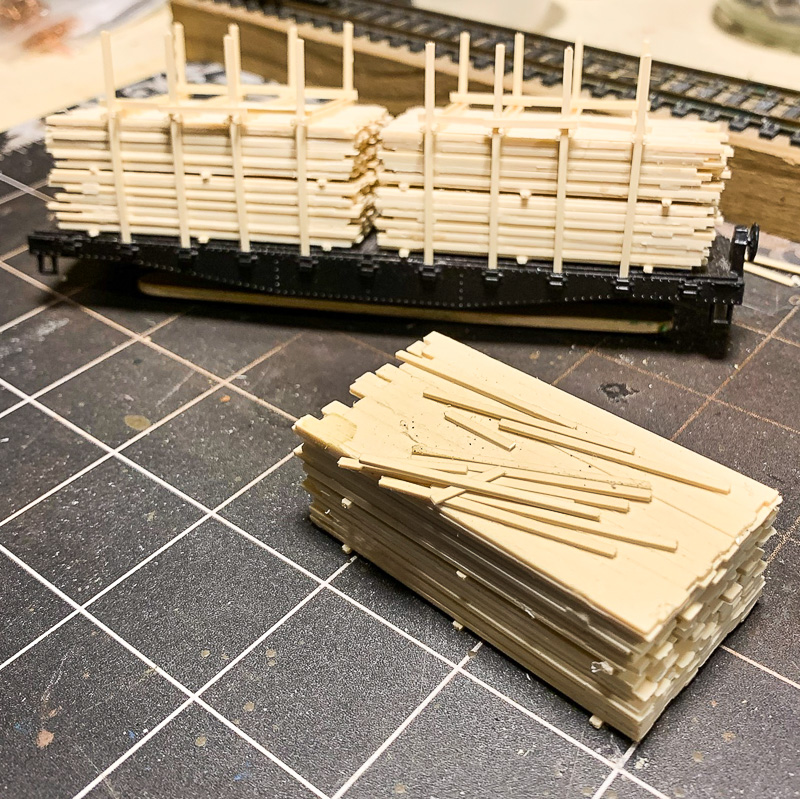 I’d always admired the open flat car lumber load as featured on
I’d always admired the open flat car lumber load as featured on 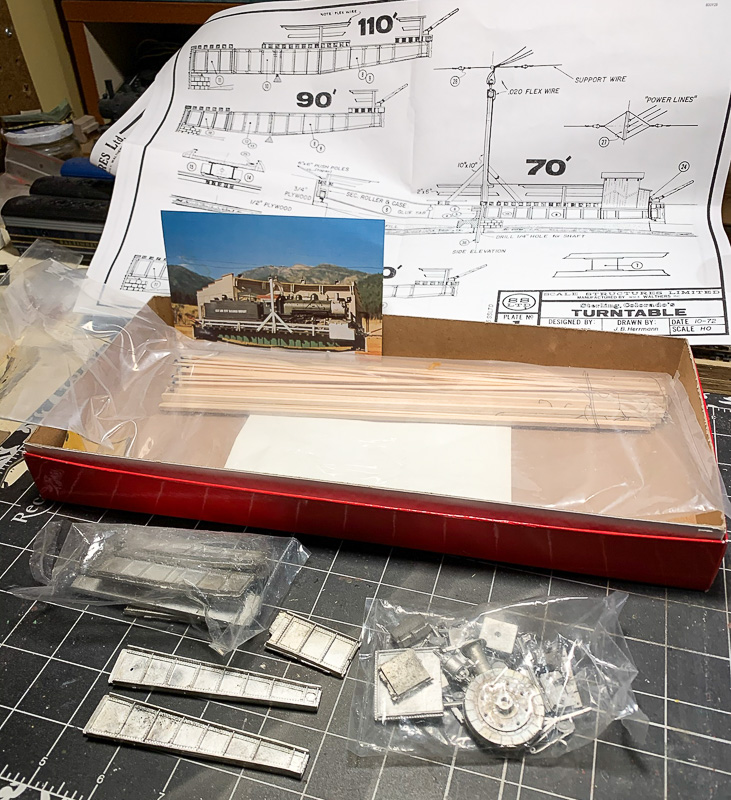 Bill Reynolds needed a turntable for turning helper engines on his last layout. I had tried to modify an Atlas turntable to do the job but the mechanism wasn’t up to the task. Bill had a kit, however, for a turntable that would be ideal for the job. Never having built a turntable before, I volunteered for the task. It appears to be an interesting kit. The pit is to be constructed of several layers of plywood. Different diameters of pit opening and thickness of wood being used to create the step for the ring rail. I haven’t begun this project yet but am looking forward to it.
Bill Reynolds needed a turntable for turning helper engines on his last layout. I had tried to modify an Atlas turntable to do the job but the mechanism wasn’t up to the task. Bill had a kit, however, for a turntable that would be ideal for the job. Never having built a turntable before, I volunteered for the task. It appears to be an interesting kit. The pit is to be constructed of several layers of plywood. Different diameters of pit opening and thickness of wood being used to create the step for the ring rail. I haven’t begun this project yet but am looking forward to it. 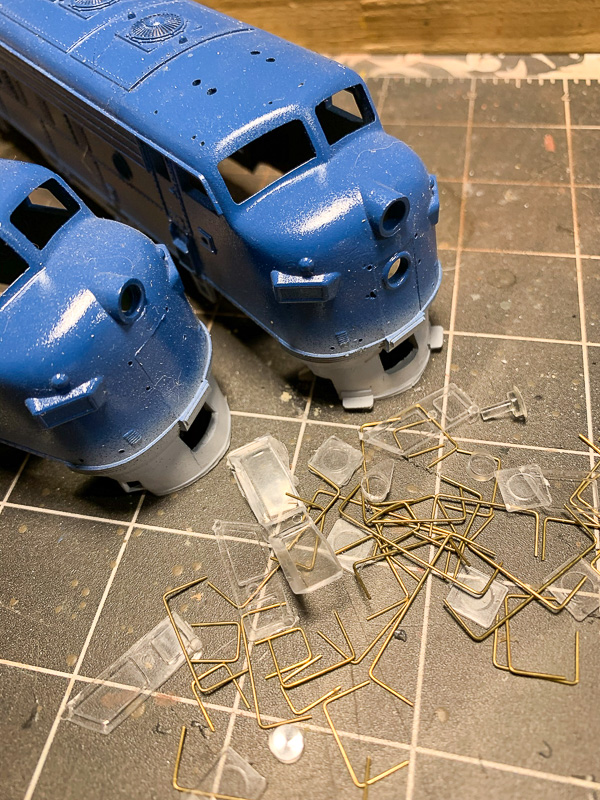 Bob Winkler has a set of locomotives he set up with a pair of old AHM FT cab unit bodies. I’m not sure what the chassis are but they run beautifully. They’ve always irritated me though as the wheelbase is wrong for the FT. To that end, I decided to fit out a pair of F7 shells to replace the FT shells. The stirrups on the pilot of one shell were broken. Rather than attempt a repair of the stirrups I thought it would be interesting to install steps on the pilot of one of the locomotives. Both will be fitted with
Bob Winkler has a set of locomotives he set up with a pair of old AHM FT cab unit bodies. I’m not sure what the chassis are but they run beautifully. They’ve always irritated me though as the wheelbase is wrong for the FT. To that end, I decided to fit out a pair of F7 shells to replace the FT shells. The stirrups on the pilot of one shell were broken. Rather than attempt a repair of the stirrups I thought it would be interesting to install steps on the pilot of one of the locomotives. Both will be fitted with 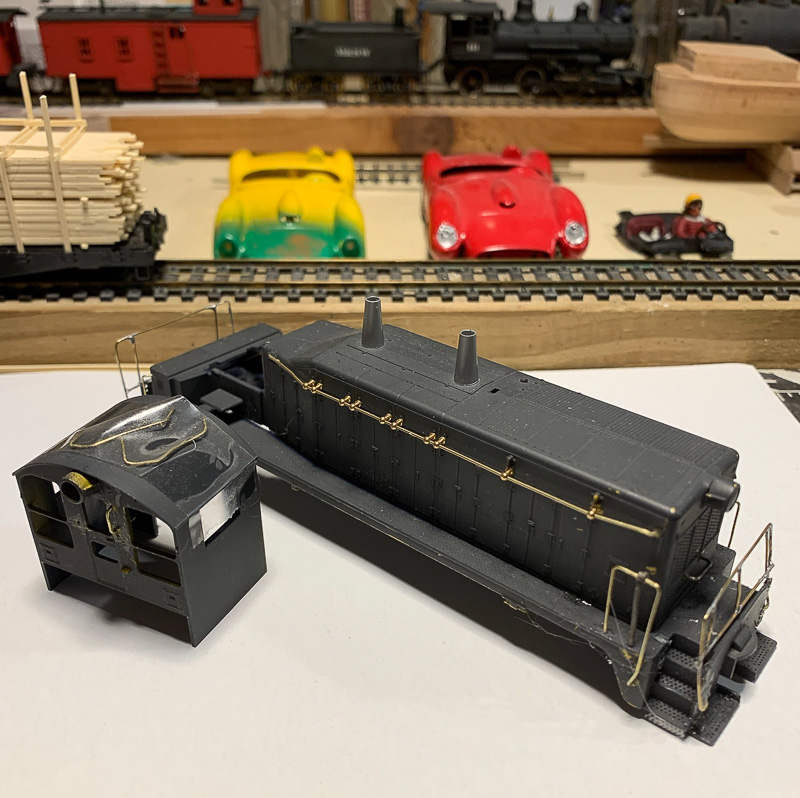 The NW-2 is another project awaiting attention in the spray booth. It will be painted and lettered for Bob Winkler’s “Central Maryland”. Bob has a thing for EMD switchers. The handrails are his handiwork and are essentially scratch built as the locomotive shell had none.
The NW-2 is another project awaiting attention in the spray booth. It will be painted and lettered for Bob Winkler’s “Central Maryland”. Bob has a thing for EMD switchers. The handrails are his handiwork and are essentially scratch built as the locomotive shell had none. Alex has expressed interest for some time in building a layout based on a “spaghetti western” theme. Think Clint Eastwood and
Alex has expressed interest for some time in building a layout based on a “spaghetti western” theme. Think Clint Eastwood and 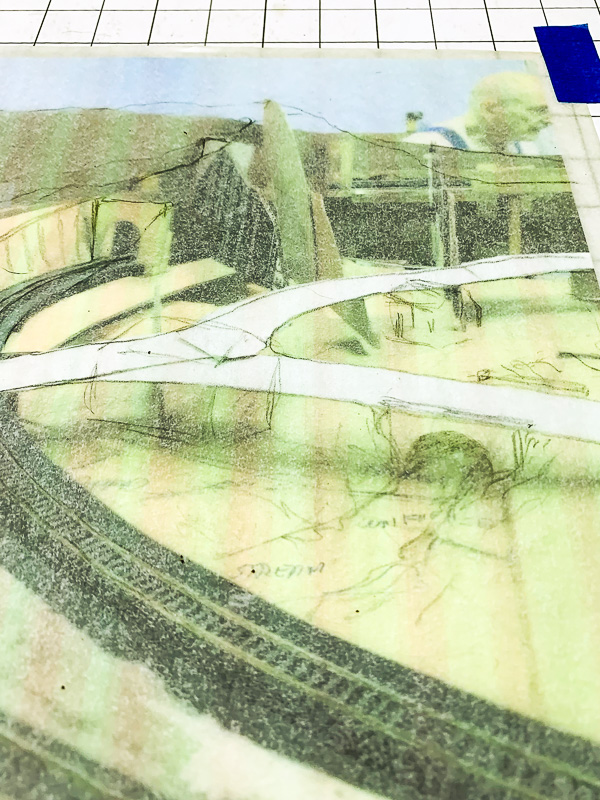
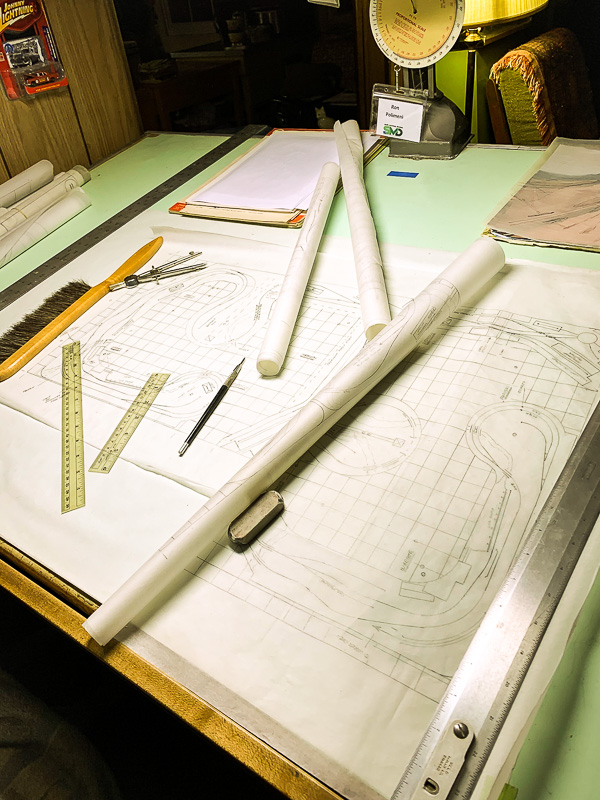 Track planning is a hobby within the hobby for me. Superintendent Jerry Skeim is in the process of constructing a large, double-deck On30 layout. Jerry and I have enjoyed working together as a crew during operating sessions. Talking trains, one thing led to another and Jerry asked if I could offer some thoughts on his project. Beware of what you ask for.
Track planning is a hobby within the hobby for me. Superintendent Jerry Skeim is in the process of constructing a large, double-deck On30 layout. Jerry and I have enjoyed working together as a crew during operating sessions. Talking trains, one thing led to another and Jerry asked if I could offer some thoughts on his project. Beware of what you ask for.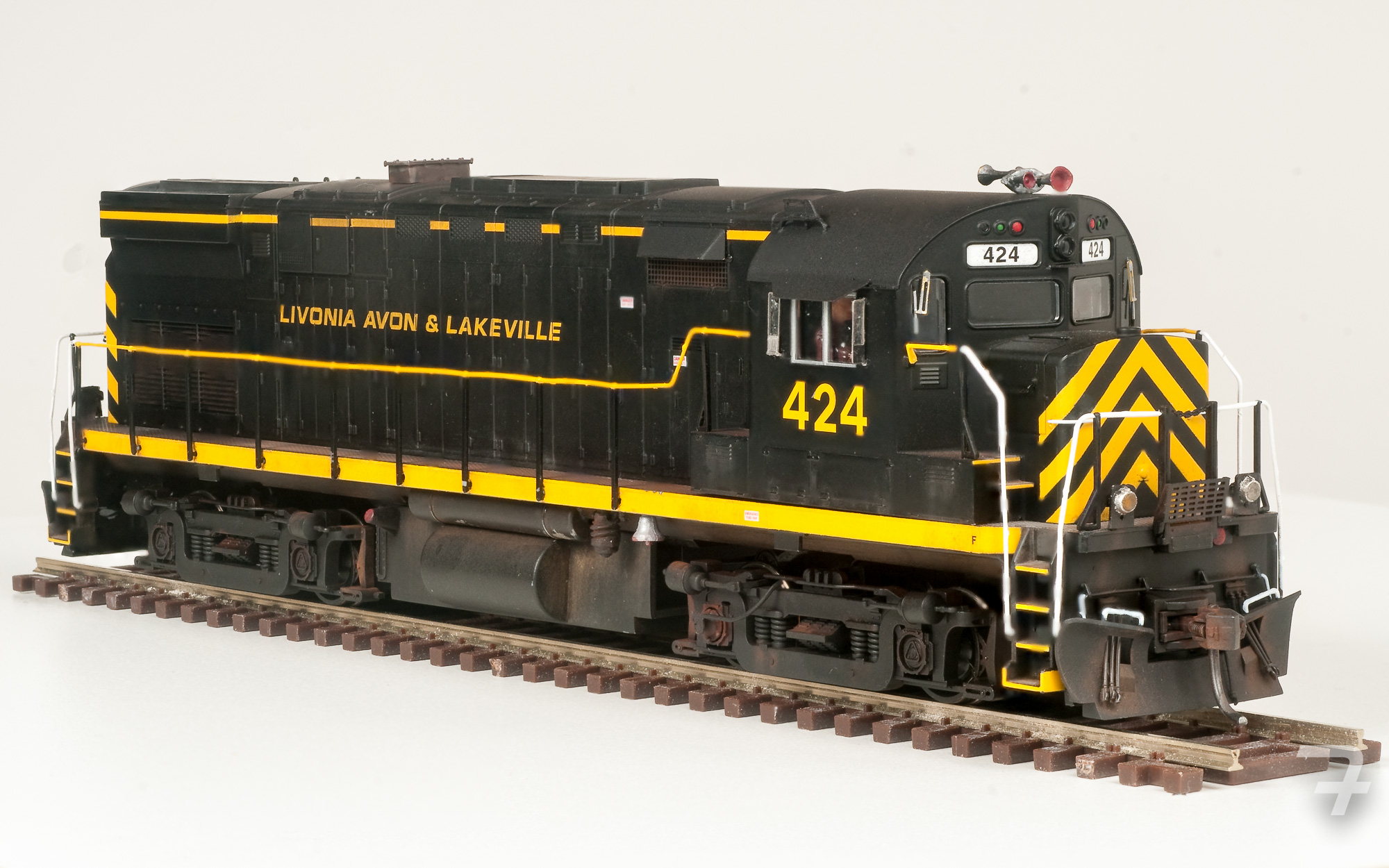 By Tom Fedor
By Tom Fedor